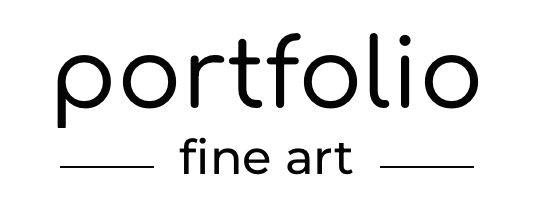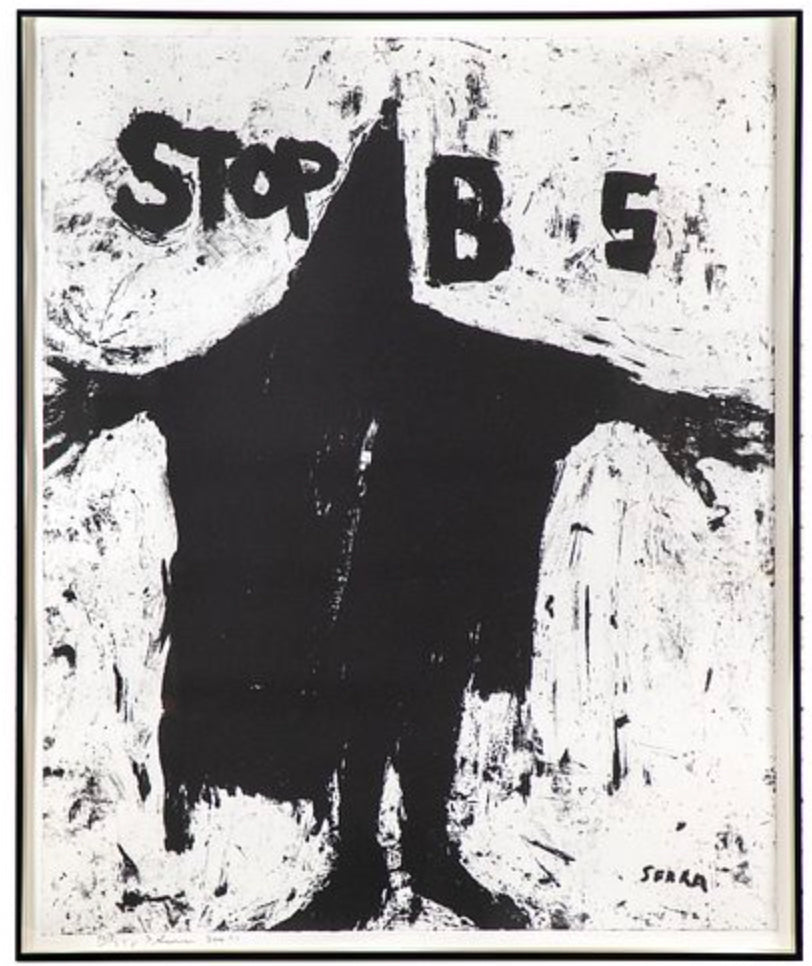In the early stages of the Iraq war, members of the U.S. Army and the C.I.A. committed a series of human rights violations and war crimes against detainees in the Abu Ghraib prison in Iraq. In 2004, CBS News released a series of photographs exposing the abuse which caused international shock and outrage.


As a bold statement against the actions of the Bush administration, the art world witnessed a powerful response from renowned artist Richard Serra. Based on a photograph of a tortured prisoner, his works 'Abu Ghraib', 'Stop B S' and 'Stop Bush' emerged not as conventional artwork but as a potent tool for conveying a message that transcended the boundaries of traditional art venues.

'Stop Bush' was distributed widely both in art venues and in mainstream publications. Serra insisted that the piece was not an artwork but rather a “way to just get the message out”. This tactic inspired Artforum, an internationally acclaimed contemporary art publication, to invite other artist to take up the cause. Fourteen artists were asked to make an original contribution to their publication on the occasion of the American presidential election thus resulting in 'Electoral Collage: A Portfolio'
'Stop B S' (notice the absence of the U and H) was an alternative based on the smaller 'Abu Ghraib' print that was part of a portfolio of ten prints by ten different artists produced by Gemini (GEL) as a benefit for a Kerry-Edwards political action committee.
The power of political art demonstrates the potential to provoke meaningful conversations and inspire collective action on pressing societal issues. The impact on Serra's work was not only reflective of his political beliefs but was also stylistic. Serra is known to be resolutely abstract and the fact that the political climate moved him to 'figuration' not only once, but three times makes these prints especially interesting.

